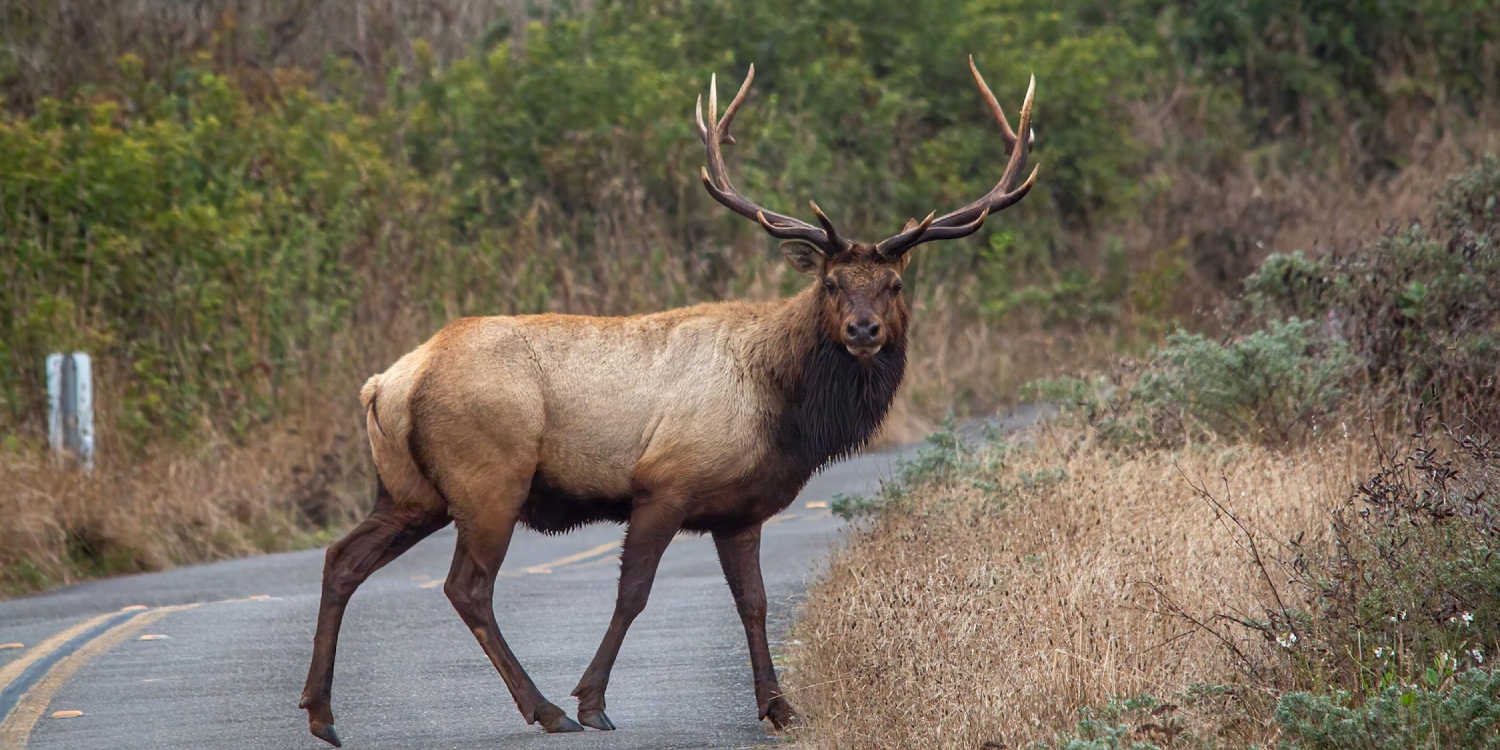Understanding the Impact of Roads on Wildlife
The presence of roads poses significant challenges to wildlife, leading to increased incidents of roadkill and habitat fragmentation. As human infrastructure expands, roads intersecting natural habitats disrupt animal movement patterns and migration routes, increasing the risk of wildlife-vehicle collisions.

The detrimental effects of road mortality extend beyond individual animals, impacting populations and ecosystems as a whole. Understanding the ecological consequences of road infrastructure is essential for implementing effective strategies to mitigate its impact on wildlife.
Implementing Wildlife Crossing Structures
To address the threat of roadkill and habitat fragmentation, wildlife crossing structures are being increasingly utilized as a solution. These structures, such as wildlife overpasses and underpasses, provide safe passages for animals to cross roads without risking collisions with vehicles.
By mimicking natural habitat features and vegetation, wildlife crossings encourage animals to use them, effectively reconnecting fragmented habitats and restoring connectivity for wildlife populations. Studies have shown that strategically placed wildlife crossings can significantly reduce roadkill incidents and enhance landscape connectivity for a wide range of species.
Advancing Road Ecology Research and Conservation
As road networks continue to expand globally, the need for innovative approaches to mitigate their impact on wildlife is more urgent than ever. Road ecology research plays a crucial role in identifying high-risk areas for wildlife-vehicle collisions and developing targeted conservation strategies.

By integrating ecological principles with transportation planning, policymakers and conservationists can minimize the negative effects of roads on wildlife while ensuring safe and efficient transportation infrastructure. Through collaboration between scientists, government agencies, and local communities, we can work towards creating road systems that prioritize both human mobility and wildlife conservation, fostering coexistence between humans and wildlife in the modern landscape.